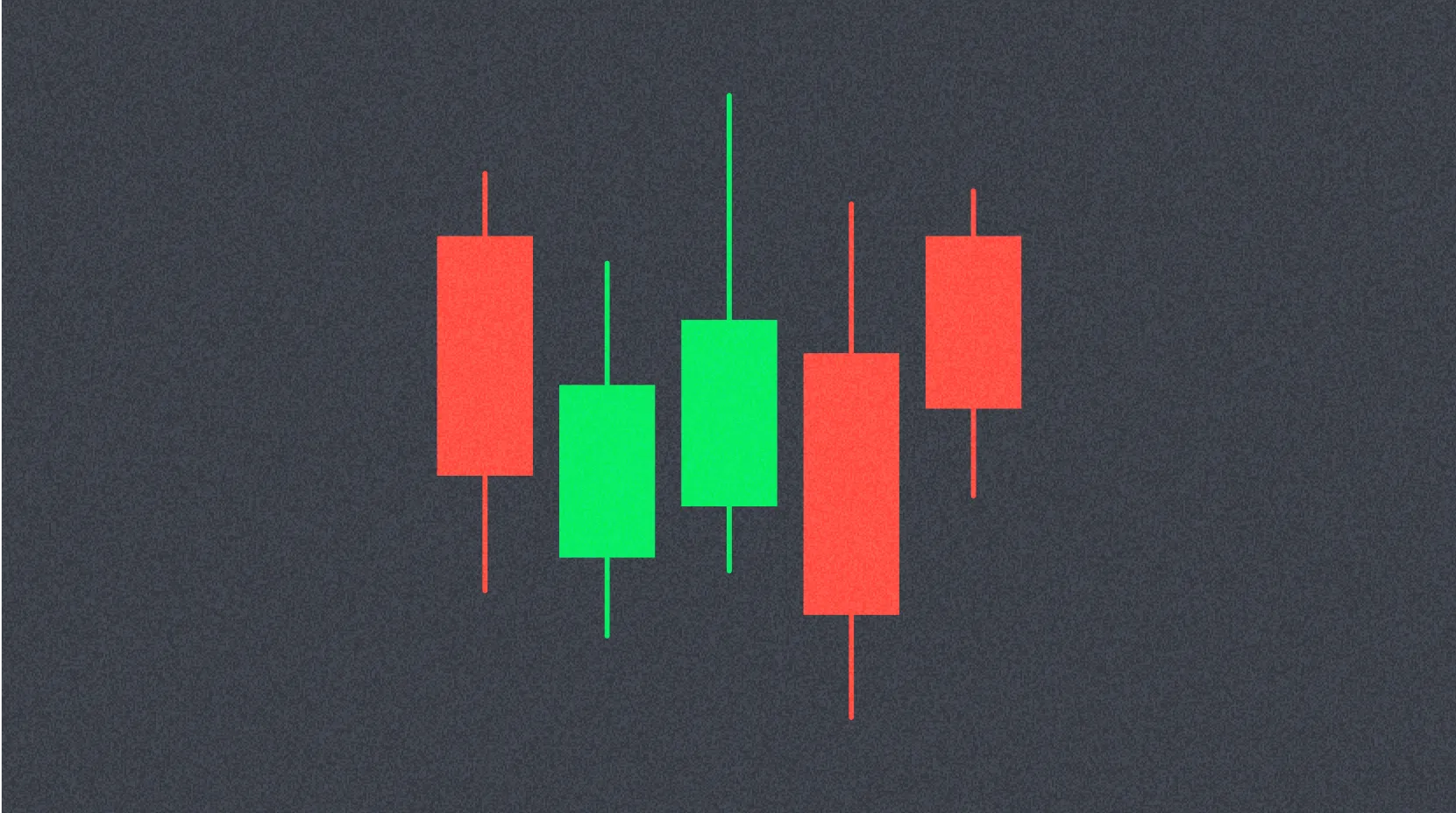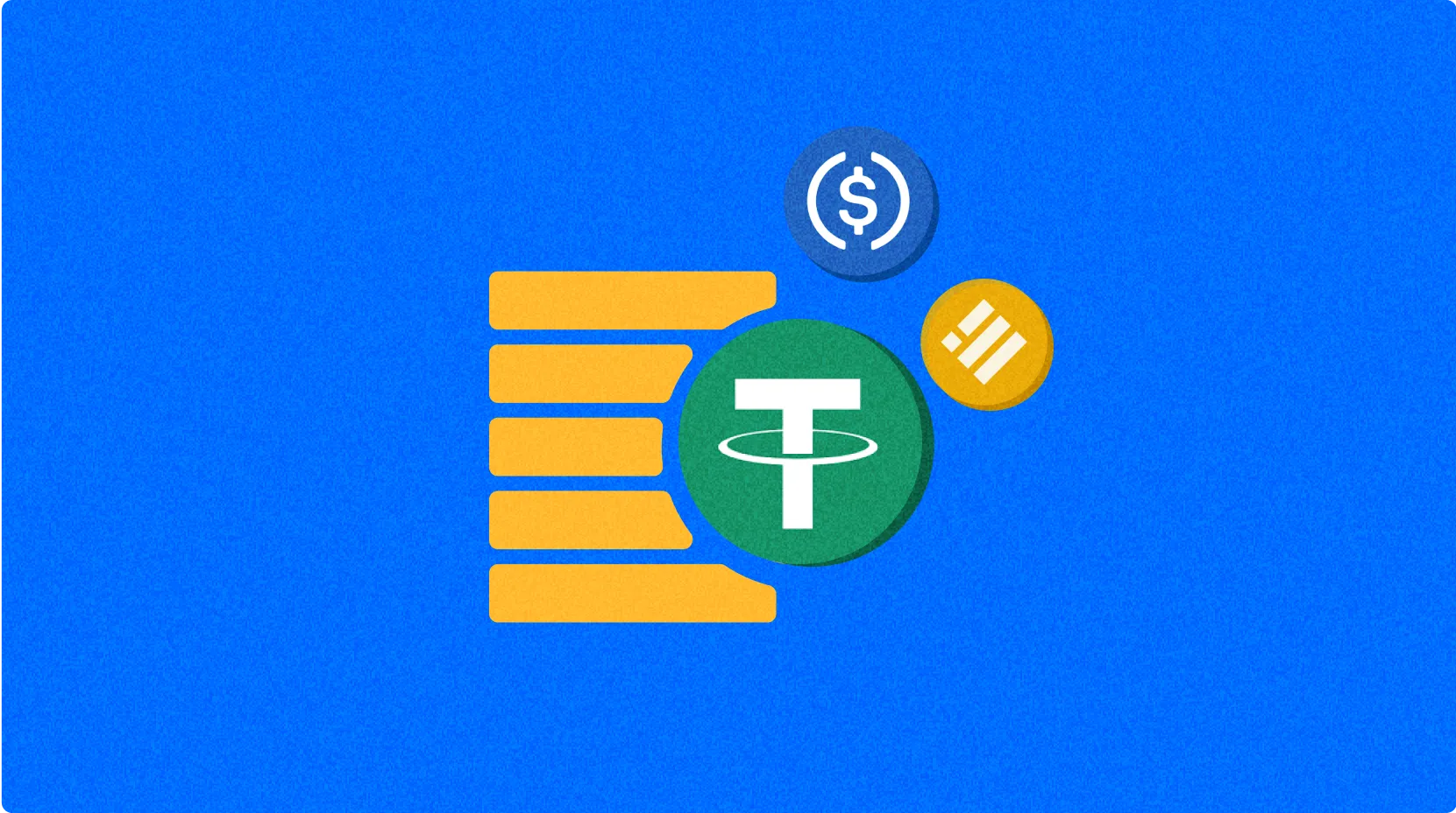Sharpe Oranı Nedir?

Sharpe Oranı'nı Anlamak: Kripto Yatırımcıları için Anahtar Bir Metri
The Sharpe Oranı finansal bir ölçüttür ve şunu ölçmeye yardımcı olur: riske göre ayarlanmış getiribir yatırımın. Ne kadar kar elde ettiğinize bakmak yerine, gösteriro getiriyi elde etmek için ne kadar risk aldığınız.
Örneğin, iki yatırım her biri şu kadar getiri sağlayabilir.10%, ama biri ile daha az volatilitedaha yüksek bir Sharpe Oranı olacak ve daha iyi bir yatırım olarak değerlendirilecektir.
Sharpe Oranı Nasıl Hesaplanır
Formül:
Sharpe Oranı = (Beklenen Getiri – Risksiz Faiz Oranı) / Standart Sapma
- Beklenen Getiri: Yatırımdan beklediğiniz ortalama getiri
- Risksiz Getiri Oranı: Minimal risk ile bir kıyaslama getirisi (örneğin, Avustralya devlet tahvilleri)
- Standart Sapma: Varlığın getirilerinin ne kadar dalgalandığını ölçen bir volatilite ölçütü
Örnek Hesaplama
Diyelim ki:
- Kripto portföyünüz geri dönüş sağladı 20%
- Risksiz faiz oranı şudur3%
- Standart sapma şudur10%
O zaman:
Sharpe Oranı = (20 - 3) / 10 = 1.7
Bu bir olarak kabul edilecektirçok iyi Sharpe Oranı.
“İyi” Bir Sharpe Oranı Nedir?
| Sharpe Oranı | Kalite |
|---|---|
| 1.0'ın altında | Aşağı standart |
| 1.0 – 2.0 | Kabul Edilebilir |
| 2.0 – 3.0 | Çok İyi |
| 3.0+ | Mükemmel |
Not: Sharpe oranı piyasa koşuluna, varlık sınıfına ve zaman dilimine göre değişir. Her zaman bağlam içinde değerlendirin.
Kripto Para'da Sharpe Oranı: Bitcoin Dayanabiliyor mu?
Kripto, kötü şöhretle dalgalı, ama bu, kötü risk ayarlı getiriler sunduğu anlamına gelmez. Hadi alalım Bitcoin:
- Son on yılda, BTC yıllık getiri oranları gösterdi %60'tan %200'e, yüksek volatilite ile.
- Dalgalara rağmen, Bitcoin’in Sharpe Oranı sıklıkla 2.0'ı aşmıştır.boğa döngüleri sırasında.
Bu, BTC'yi en iyi performans gösteren hisse senedi portföyleriyle eşit hale getiriyor—yani yatırımcılar risk için iyi bir şekilde tazmin edildialdılar.
Ethereum ve Altcoinler
While Ethereum (ETH)ve diğer altcoinler büyük kazançlar sağlasa da, aynı zamanda daha yüksek volatilite:
- Bir token döndürüyor Yılda %100 ile %80 standart sapmayakın bir Sharpe Oranı vardır 1.0—sadece kabul edilebilir.
- Bu arada, bir stablecoinsunmak%4 getirineredeyse sıfır risk ile yüksek Sharpe Oranı olabilir, ancak sınırlı bir yükseliş potansiyeline sahiptir.
Her şey hakkındadenge: istiyorsun güçlü bir yükseliş ile kontrollü risk.
Kripto Parada Sharpe Oranı Neden Önemlidir
Kripto para dünyasında, peşinden koşmaken yüksek getiriher zaman en akıllı strateji değildir. Bazı varlıklar bugün fırlayabilir ve yarın düşebilir.
Bu yüzden Sharpe Oranı faydalıdır—bu size yardımcı olur:
- KarşılaştırBitcoin ve Ethereum
- Değerlendiren yüksek altcoinler vs meme coinler
- Arasından seçin DeFi getiri tokenleri vs spekülatif mikro cap'ler
Değerlendirilirken de geçerlidir:
- Ticaret stratejileri
- Portföy performansı
- Yeniden dengeleme kararları
Risk Ayarlı Kripto Performansını Nerede Takip Edebilirim
Platformlar gibi Gate.com teklif gelişmiş araçlarizlemek için:
- Volatilite
- Getiri potansiyeli
- Varlık korelasyonları
- İşlem ücretleri
Bu, portföyünüzü yönetmeyi ve Sharpe Oranı gibi metrikleri kullanarak veri destekli kararlar almayı kolaylaştırır.
SSS
1. Sharpe oranı ne için kullanılır?
O ölçerher bir risk birimi için ne kadar getiri elde ediyorsunuz—bir yatırımın kalitesini değerlendirmeye yardımcı olur.
2. Yüksek Sharpe Oranı her zaman daha mı iyidir?
Evet, genel olarak. Daha yüksek bir oran demektir daha iyi riske göre ayarlanmış getiri, ama bağlam gibi zaman dilimi ve volatilitehala önemlidir.
3. Kripto varlıklar için Sharpe Oranı kullanabilir miyim?
Kesinlikle. Kripto para dünyasında karşılaştırmak özellikle faydalıdır.yüksek getiri ama yüksek riskli tokenler daha istikrarlı olanlarla.
4. Kripto para dünyasında iyi bir Sharpe Oranı nedir?
1.0 yeterli, 2.0 güçlü ve 3.0+ olağanüstü. Bitcoin ,2.0+birden fazla boğa koşusu sırasında.
5. Kripto paraların risk ayarlı performansını nerede izleyebilirim?
Gate.comgelişmiş grafik ve ticaret araçları sunar, bu araçlar kripto portföyleri için risk ve getiri değerlendirmesine yardımcı olur.
İster Bitcoin ticareti yapıyor, ister altcoinleri keşfediyor, ister DeFi'ye dalıyor olun,Sharpe Oranıkripto para risk-getiri ormanında yön bulmanıza yardımcıdır.

kripto neden çöküyor ve toparlanacak mı?

Kripto Çöküşü mü Yoksa Sadece Düzeltme mi?

En İyi Kripto Hesaplayıcı

Avustralya'da Şu An Alınacak En İyi Kripto: 2025'in En Güçlü Performans Gösterenleri

ETH vs BTC: Ethereum'un %9.49 Haftalık Düşüşü ile Volatilitenin Karşılaştırılması

Kaldıraçlı İşlem Kripto

Kârı Açığa Çıkarmak: Flash Loan Fırsatlarını Değerlendirmenin Yolları

Cheems Meme Coin'i İncelemek: Benzersizliğini Ortaya Çıkaran Unsurlar Nelerdir?

Kârlı Bitcoin gün içi ticaret teknikleri

Hive’i Anlamak: İşlevleri ve Satın Alma Kılavuzu

Jupiter Airdrop’unuzu Talep Etmeye Başlamak İçin Temel Rehber







